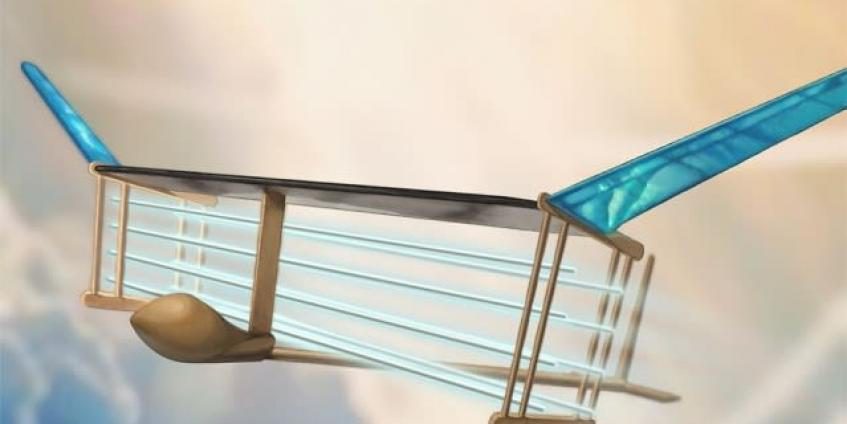Last year, researchers at the Massachusetts Institute of Technology (MIT) made the first sustained flight of a heavier-than-air aircraft with no moving parts. It was propelled by electroaerodynamic propulsion, which requires no moving parts and was, by many definitions, the first ever solid state flight. This article explains exactly how it works and what the potential uses for the technology might be.
The initial test aircraft weighs 2.5 kg and has a wingspan of 5 m. The fuselage contains lithium-polymer batteries and a specially-designed power supply that increases the voltage to the required 40,000 V. The initial flight was just 60 m over 10 s, although this was limited by the gym in which the test was carried out. In total, 10 test flights were carried out, and a bungee catapult system was required to launch the aircraft. Once in flight, the solid state propulsion was able to produce sufficient thrust to sustain the flight. A simple photogrammetry system was created to measure the distance of powered and unpowered flights; this demonstrated the effectiveness of the propulsion system. Three GoPro cameras, positioned perpendicular to the flight path, were used to track a red and a green LED light attached to two points on the aircraft. This modest demonstrator may be the first step toward silent drones and more efficient passenger aircraft.


